
Founded in 1987 in New York City, our Institute provides clinical training and educational seminars in psychoanalysis and psychotherapy through various courses of study in addition to events for the public.
TRAGIC PERSON EVOLVED: TRANSFORMING TRAGEDY INTO HOPE THROUGH NEW, ALTERNATIVE TREATMENTS
Thursday May 1, 2025 • 7:30pm-9:30pm EST
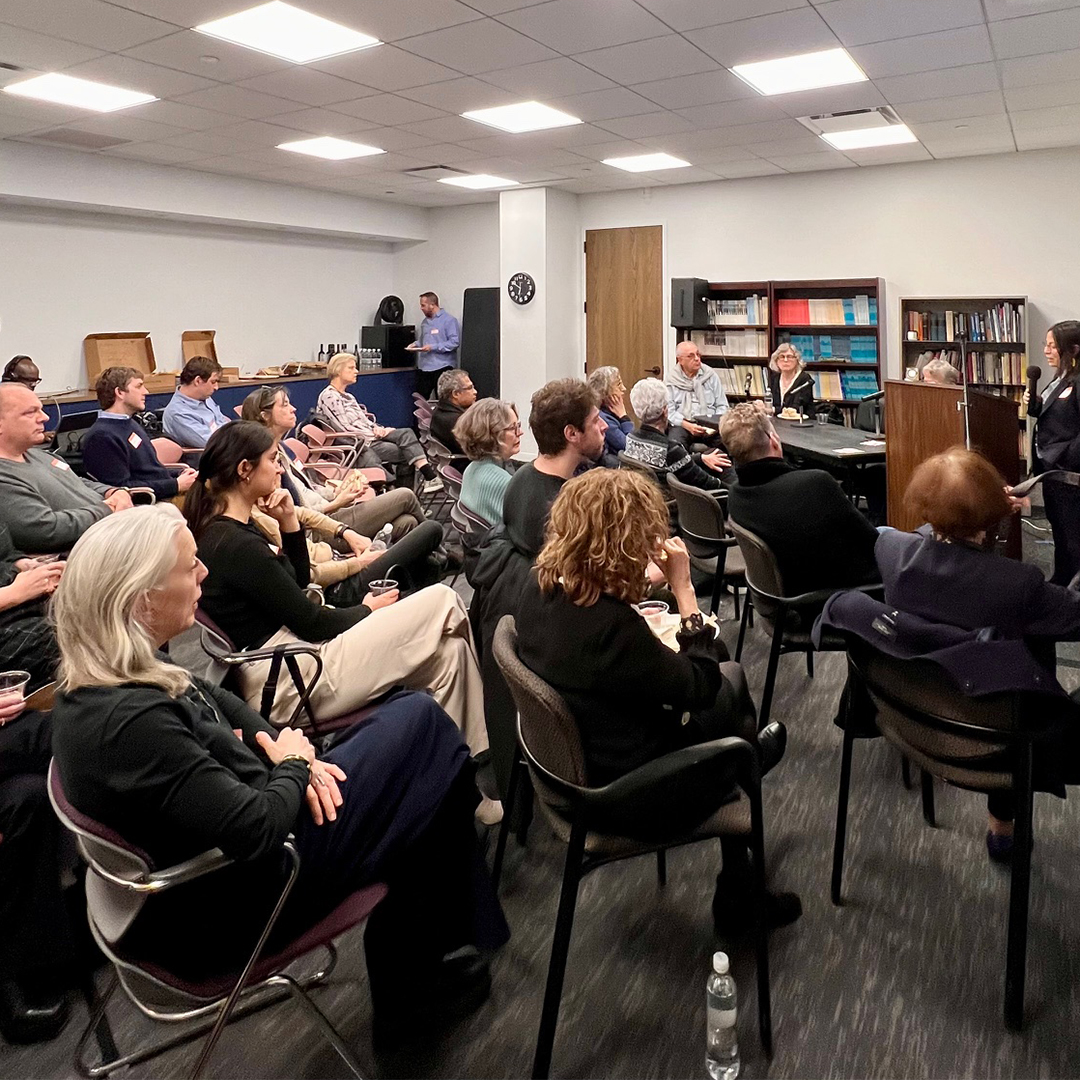
The clinical focus in all IPSS classes enables graduates to understand and effectively approach the challenging array of cases encountered in private practice.
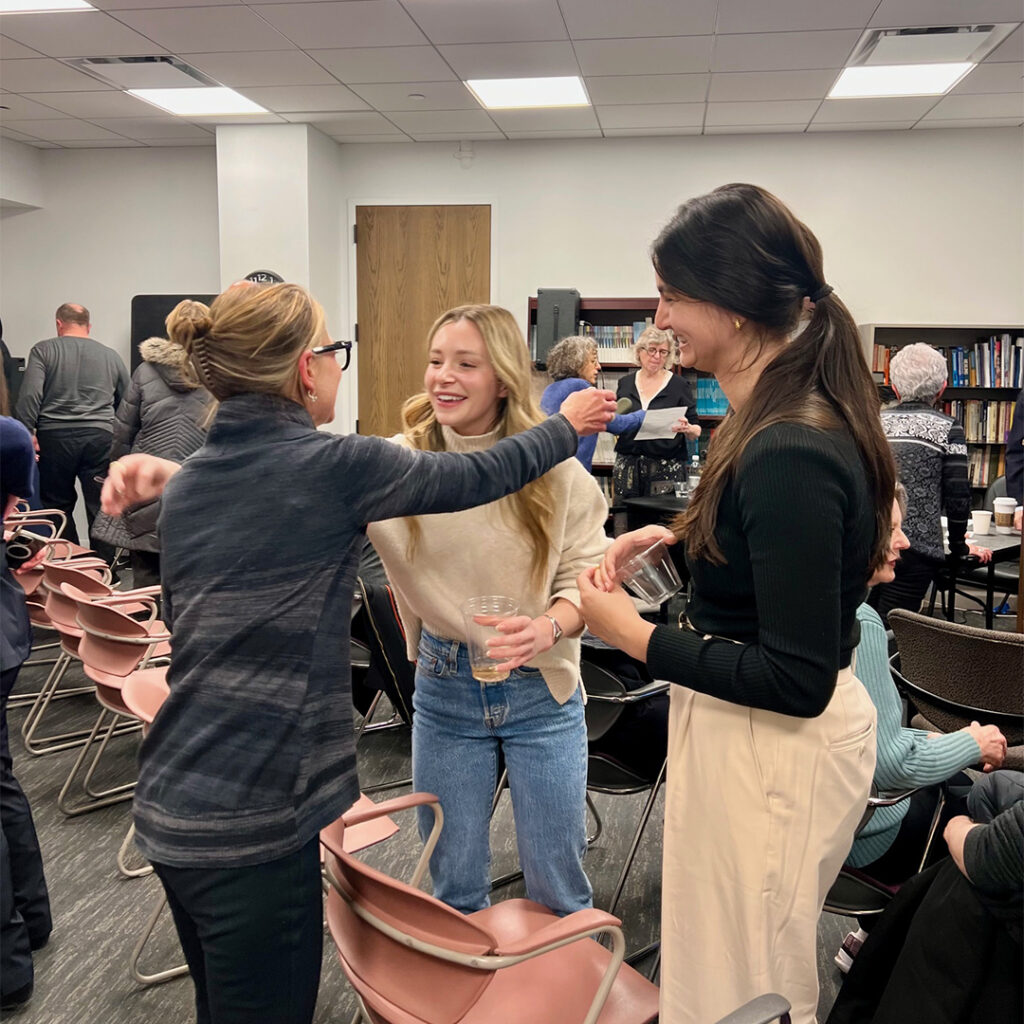
By focusing on individualized growth, we enable candidates to find their own voices as psychoanalytic professionals. Come join our conversation!
A Rigorous Program
The clinical focus in all IPSS classes enables graduates to understand and effectively approach the challenging array of cases encountered in private practice.
A Lifelong Community
By focusing on individualized growth, we enable candidates to find their own voices as psychoanalytic professionals. Come join our conversation!

Over four years, candidates achieve 200 hours of supervised clinical practice, produce a publishable paper with faculty support, and earn a certificate in psychoanalysis.
A one-year program for experienced clinicians who are ready to take their practice to a new level.
Participants can deepen their knowledge of contemporary psychoanalysis in this 1-year, online intensive program.
Presentations and group discussions scheduled throughout the year, open to candidates as well as the general public.

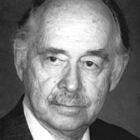

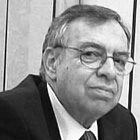
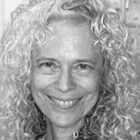

George Atwood, Ph.D.
Bernard Brandchaft, M.D.
in memoriam
Robert Stolorow, Ph.D.
Frank Lachmann, Ph.D.
Beatrice Beebe, Ph.D.
Jim Fosshage, Ph.D.






Stay in touch with us for the latest events, community news, program updates, and more.

Join our Dialogue.
Founded in 1987 in New York City, our Institute provides clinical training and educational seminars in psychoanalysis through various courses of study in addition to events for the public.
A Rigorous Program
The clinical focus in all IPSS classes enables graduates to understand and effectively approach the challenging array of cases encountered in private practice.
A Community of Colleagues
By focusing on individualized growth, we enable candidates to find their own voices as psychoanalytic professionals. Come join our conversation!

Explore Training Programs
Four-Year Psychoanalytic
Training Program
Over four years, candidates achieve 200 hours of supervised clinical practice, produce a publishable paper with faculty support, and earn a certificate in psychoanalysis.
Foundations of Psychoanalysis
Participants can deepen their knowledge of contemporary psychoanalysis in this 1-year, online intensive program.
Advanced Psychoanalytic
Studies Program
A one-year program for experienced clinicians who are ready to take their practice to a new level.
Explorations in Psychoanalysis
Presentations and group discussions scheduled throughout the year, open to candidates as well as the general public.
Founding Faculty
Stay Informed
Stay in touch with us for the latest events, community news, program updates, and more.
Stay in touch with us for the latest events, community news, program updates, and more.
The Institute for the Psychoanalytic Study of Subjectivity © 2025 • Site by Datachunk Media Designs | Privacy Policy
Join Our Dialogue
Stay in touch with us for the latest events, community news, program updates, and more.
Join Our Dialogue
Stay in touch with us for the latest events, community news, program updates, and more.
The Institute for the Psychoanalytic
Study of Subjectivity © 2024
Site by Datachunk Media Designs
Privacy Policy
The Institute for the Psychoanalytic Study of Subjectivity © 2025
Site by Datachunk Media Designs | Privacy Policy